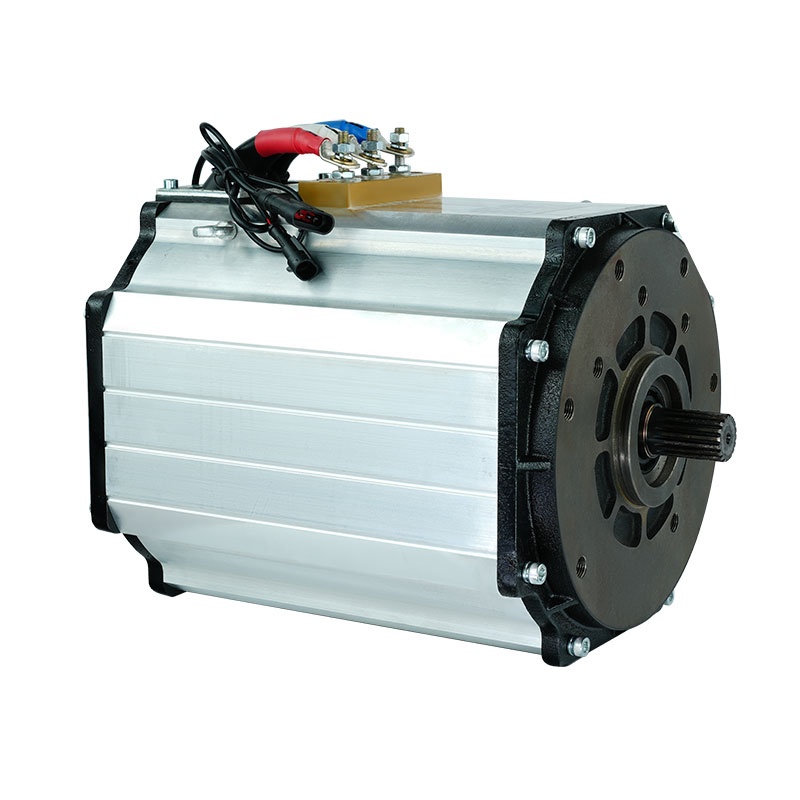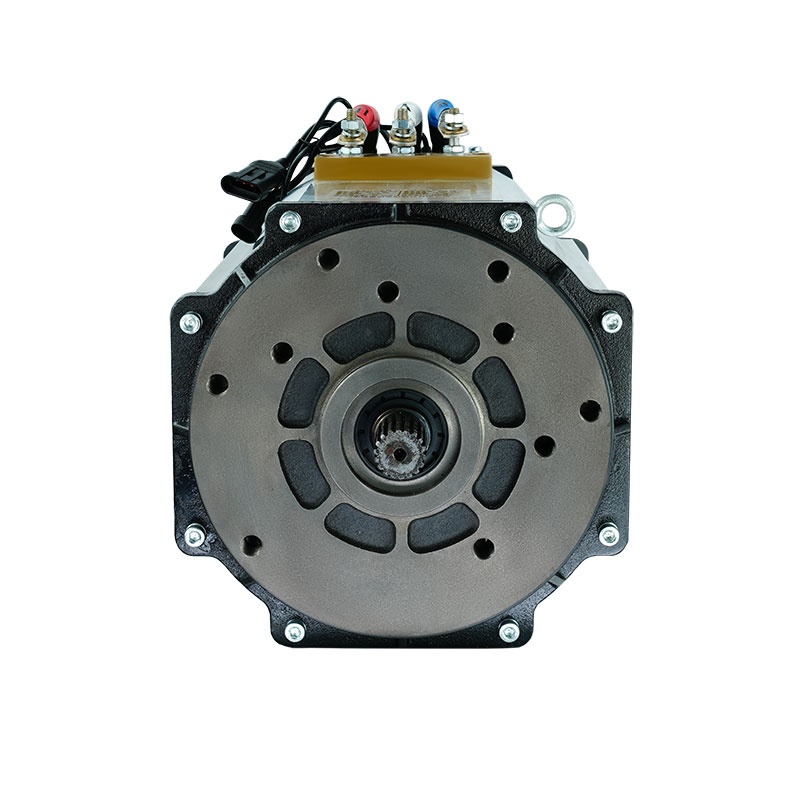How come motors so durable?
Industrial-grade motors are quite durable. As long as a motor is not overloaded, it can work stably for more than ten years without any pressure. Today, we will introduce the guarantees behind the motor's ultra-long battery life.
Before mass production, motor manufacturers will conduct various tests to ensure the durability of the motor. If you have read the test reports of the motor factory, you can feel that the various test reports output by the motor factory comprehensively declare the durability of the whole machine and the durability of its components.

Let’s first look at how the manufacturer ensures the durability of the entire machine.
Here we start from the causes of motor failure and work backwards. Motor failure usually comes from two parts: electrical failure and mechanical failure. Electrical failure can be divided into short-term failure and long-term failure. The electrical parameters that describe short-term electrical characteristics are high voltage and high current. The motor will undergo an insulation withstand voltage test before leaving the factory. The national standard defines the withstand voltage test standard: the motor needs to be at 1.5 times the rated voltage plus 1000V for one minute. This test ensures the insulation characteristics of the motor. Under normal circumstances, the voltage connected to the motor will not be much lower than this voltage.
Long-term failure means that the motor is burned out, which is perhaps one of the most common motor failures. Motors can be classified into A\E\B\F\H according to the insulation level. For example, a motor with insulation level F can withstand a maximum winding temperature of 155 degrees. Before mass production, the motor factory will perform a temperature rise test on a standard test bench, which corresponds to the S1 test curve in the manufacturer's report. The manufacturer will use a current (torque)-current matrix to allow the motor to run continuously, during which the real-time winding temperature of the motor is recorded. Finally, a torque-speed curve for continuous operation of the motor is drawn according to the set temperature value. The drawn curves are all derated outputs, and the manufacturer actually leaves a part of the margin to ensure the safe use of the motor.
Of course, the temperature rise curve has a lot to do with the test environment. The room temperature of the environment, the area of the adapter board, the heat dissipation of the experimental environment (in one word, the operating conditions), etc. will all have an impact on the temperature rise curve. Generally, the test reports given by motor manufacturers are based on room temperature conditions. If the operating conditions of your equipment are not at room temperature, you can ask the motor factory to do additional temperature rise tests. For example, if some equipment is working in a foundry, the ambient temperature may exceed 50 degrees Celsius, and the S1 curve at room temperature cannot guarantee the safety of the motor at high temperatures. These motor manufacturers may not take this into account, but integrators will definitely take these differences into account. Providing a temperature rise curve under specified conditions also indirectly ensures the safety of the motor.

Let's look at mechanical failure. Mechanical failure generally occurs in bearings, and bearing abnormalities are indirectly reflected in friction. The test that must be done before the motor is mass-produced is the motor durability test. The motor will be allowed to run continuously at a step speed for thousands (or tens of thousands) of hours, and the motor will be close to the limit temperature during the test. The current in the uniform speed section during the durability process can reflect the magnitude of the friction. As long as the current in the uniform speed section during the entire durability process remains basically unchanged, it means that the friction has not changed much. If the motor is running in for a long time and the friction is checked and it is found that there is a trend of increasing, then there is a risk of bearing failure. The motor manufacturer will conduct a special analysis on this situation to at least ensure that the bearing system can have a very strong life.
(Of course, the endurance test can reflect the stability of various indicators throughout the motor working cycle and can fully reflect the problems in motor production)
Component durability
The key focus of motor components is bearings, magnetic steel (permanent magnets), and brakes. The durability of bearings has just been mentioned. Regarding permanent magnets, motor manufacturers will pay attention to whether it will demagnetize at high temperatures. The evaluation method is to let it work continuously in a high-temperature environment and compare the size of the back electromotive force ke of the motor before and after. If the motor is a surface-mounted motor, the motor manufacturer will also pay extra attention to whether the motor will have magnetic steel falling off under high-speed conditions. This part is mainly related to the fixing process of the motor rotor. The strength of some materials that fix the rotor will decrease under high-temperature conditions. If it encounters high-speed working conditions, it is very likely that the magnetic steel cannot be fixed and the magnetic steel will fall off.

The brake is a critical component in the motor. In fact, another article can be written about it, but I will just briefly mention it here. Generally, most applications are power-off brakes (the brakes are locked when the power is off, and open when the power is on). If the power is frequently turned on and off, the brakes need to be tested for the number of times they are opened and closed. The more times they are opened before failure, the better the durability of the brakes. Another key indicator of durability is the brake workmanship energy. Each time the brake is applied, it will overcome the friction workmanship. The more workmanship the brake has before failure, the better its durability. The brake factory (motor factories generally do not make brakes themselves) will retest some core parameters (static torque, opening voltage, closing voltage) after completing the switch test (such as 5 million times) and energy test to ensure that these brake parameters remain stable or are still within the required range before and after the test.



























 XINDA
XINDA